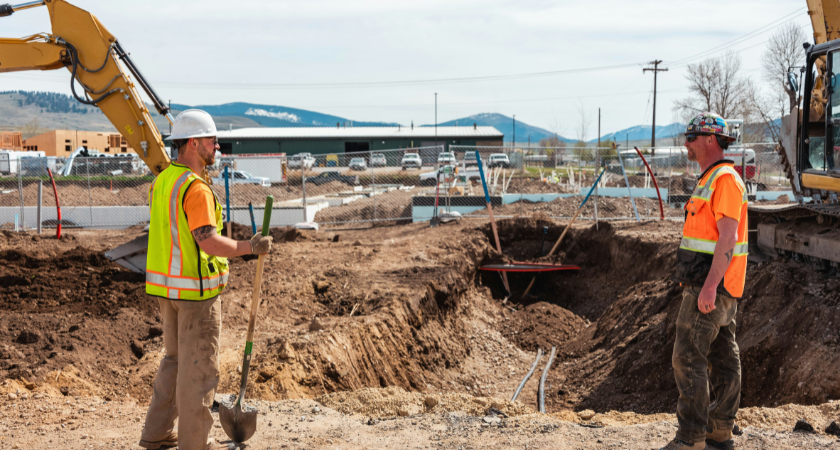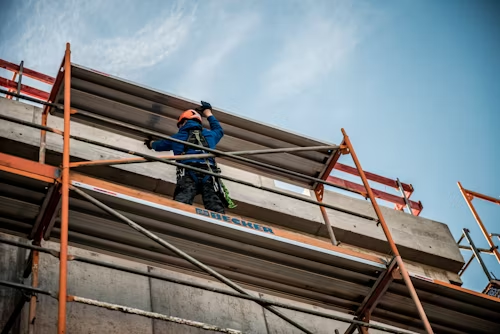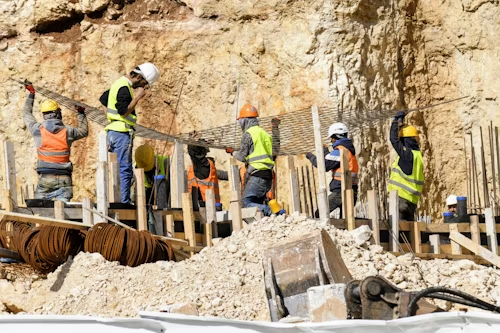
California construction employers are bracing for disruption as new fall protection standards take effect without delay. The Cal/OSHA Standards Board has refused to postpone implementation of the federal-style six-foot fall protection rule, which became effective July 1, 2025. However, it has agreed to convene a limited advisory committee to evaluate clarifications and additional training requirements—particularly for interior framing, where compliance is often impractical.
The new regulations lower the fall protection trigger height from 15 feet to six feet across most construction work. Contractors must now use guardrails, safety nets, personal fall arrest systems (PFAS), or fall restraint/positioning systems. These requirements mirror federal OSHA rules but present unique challenges in residential construction environments.

Contractors argue that PFAS cannot be safely or effectively used within interior framing conditions. The systems require significant clearance space to account for deceleration and recovery—space that simply doesn't exist inside partially built structures. Alternatives, such as using ladders, may increase risk and contradict safety goals.
Industry groups further warn that field enforcement could be inconsistent, with local inspectors varying in how they interpret compliance on active jobsites. This creates major liability and operational uncertainty for construction employers trying to meet the new standard while maintaining productivity.
On March 18, 2025, industry leaders petitioned for an emergency delay of the residential six-foot requirement. That request was followed by a rare joint filing on April 14, 2025, from the Western States Regional Council of Carpenters and the Residential Contractors Association, calling for immediate regulatory relief.
Despite acknowledging the practical concerns, Senior Safety Engineer Simone Sumeshwar and Standards Board staff opposed the delays in a July 31 evaluation. They did, however, suggest formal conversations on clarifications and training.

On September 18, 2025, the Standards Board:
Board members said their decision was not driven by federal OSHA, but they cautioned that California risks losing enforcement authority if its rules diverge too far from federal standards.
The Board also reaffirmed that fall protection plans (FPPs) must remain site-specific, even while acknowledging the limited feasibility of protection systems during interior framing. Officials stated resource constraints limit broader revisions but welcomed targeted feedback for refining implementation.
The sudden shift to a six-foot standard has left contractors scrambling to reassess jobsite practices. Interior framing crews face the greatest uncertainty, with many warning that the current rule could unintentionally increase injury risks or lead to a surge in citations.
As the advisory committee begins its work, construction firms are weighing stopgap compliance strategies while awaiting clearer guidance from regulators.
Originally reported by JD Supra.